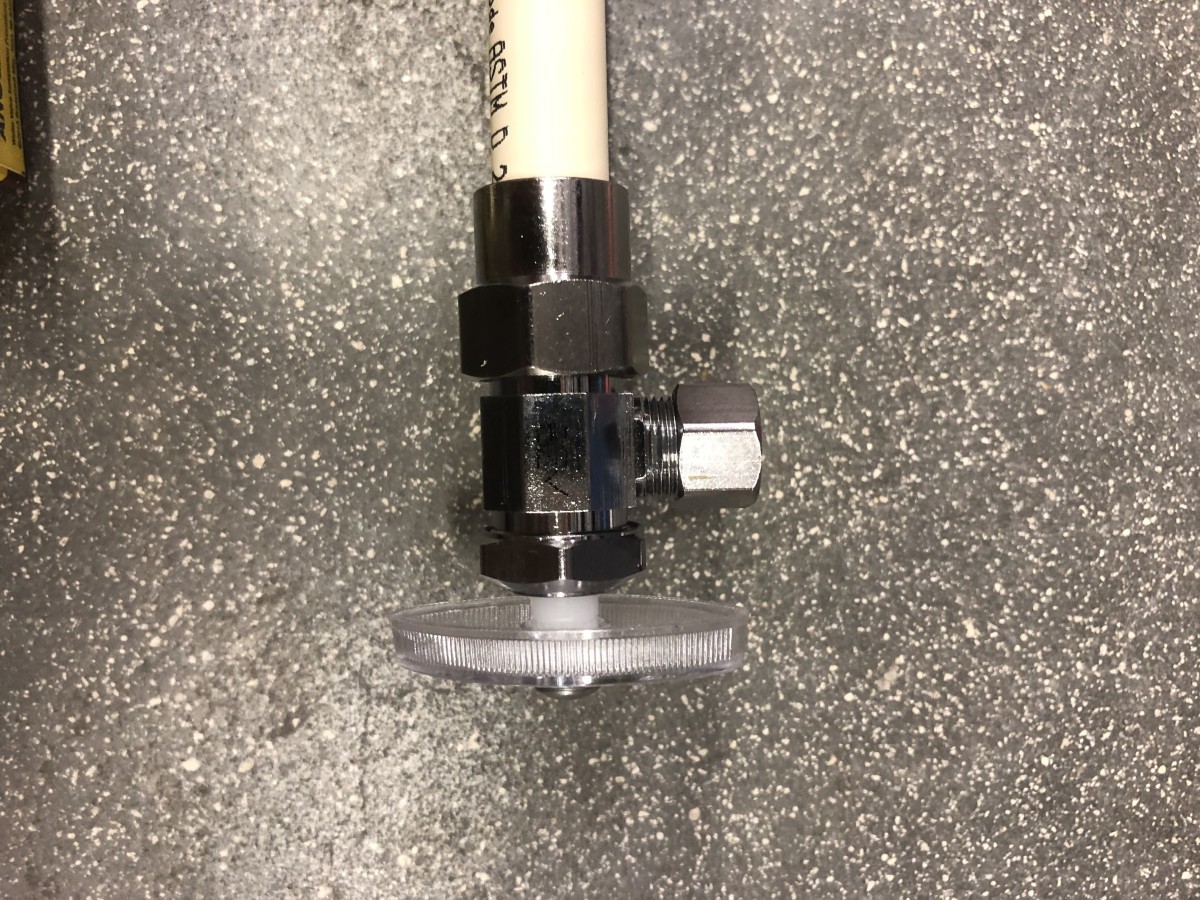Introduction
Toilet angle supply valves are crucial components in your home's plumbing system. They control the water flow to your toilet, making their proper installation vital. This guide focuses on installations involving hard supply tubes, a common scenario for many homeowners. We aim to equip you with the knowledge to handle this task confidently, whether you're a DIY enthusiast or considering professional help.
Understanding Toilet Angle Supply Valves
Types of Angle Supply Valves
There are several types of angle supply valves, each suited for different plumbing scenarios. The most common types include compression valves, known for their ease of installation, and quarter-turn valves, praised for their reliability and minimal maintenance. Understanding the differences between these types can help you make an informed decision. For instance, compression valves are ideal for tight spaces, while quarter-turn valves offer longevity and ease of use.

Selecting the Right Valve
Choosing the right valve is more than just picking a type. It involves understanding your home's plumbing system, water pressure, and the specific requirements of your toilet. For hard supply tubes, it's essential to consider the compatibility of the valve with the rigidity of the tubes. A well-chosen valve not only ensures efficient operation but also minimizes the risk of leaks and future plumbing issues.
Preparing for Installation
Tools and Materials Needed
Before beginning the installation, gather all necessary tools and materials. This includes adjustable wrenches, a tubing cutter for precise cuts on hard tubes, Teflon tape for sealing connections, and of course, the chosen angle supply valve. Having everything on hand before starting will streamline the process and reduce the likelihood of interruptions.
Safety Precautions
Safety is paramount in any plumbing project. Ensure the main water supply is turned off before starting. Wear protective gear like gloves and goggles to safeguard against accidental splashes or debris. Remember, working with plumbing fixtures can be unpredictable, so taking these precautions is crucial for a safe installation process.
Installation Process
Step-by-Step Installation Guide
The installation process begins with removing the old valve, if present. Use the adjustable wrench to loosen and detach it. Next, prepare the hard supply tube by cutting it to the required length with the tubing cutter. Ensure the cut is clean and even for a secure fit. Attach the new valve, using Teflon tape on the threads to prevent leaks. Tighten the valve securely, but be careful not to over-tighten, as this can damage the threads. Finally, turn the water supply back on and check for any leaks, making adjustments as necessary.
Tips for a Leak-Free Installation
To ensure a leak-free installation, focus on the connections. Apply Teflon tape correctly—wrap it clockwise around the threads, ensuring it's snug but not overly tight. When attaching the valve, align it properly with the supply tube to avoid cross-threading. After installation, test the valve by turning the water on and off several times, checking for any signs of dripping or moisture.
Common Mistakes and Troubleshooting
Avoiding Common Installation Errors
Common installation errors include over-tightening the valve, which can strip the threads, and improper alignment, leading to leaks. Another mistake is using the wrong type of valve for your specific plumbing setup. Avoid these errors by following the installation guide closely and double-checking each step.
Troubleshooting Common Issues
If you encounter a leak after installation, first check the connections. Tighten them if necessary, but be cautious not to overdo it. If the leak persists, disassemble the connection, reapply Teflon tape, and reattach. For persistent issues or if you're unsure, it may be time to consult a professional.
When to Call a Professional
DIY vs. Professional Installation
While many homeowners can handle installing a toilet angle supply valve, some situations call for professional expertise. If your plumbing system is complex, old, or if you're not confident in your DIY skills, hiring a professional is a wise choice. They can ensure the installation is done correctly and efficiently, saving you time and potential future repairs.
Finding Qualified Plumbing Help
Selecting the right plumber is crucial. Look for licensed professionals with good reviews and experience in toilet installations. Ask for recommendations from friends or neighbors, or consult online directories. A qualified plumber, like those at NFM Plumbing, can provide the expertise needed for a seamless installation.
Conclusion
Installing a toilet angle supply valve is a manageable task for many homeowners. By understanding the types of valves, preparing properly, and following the installation steps carefully, you can achieve a successful installation. Remember, safety and precision are key. Whether you choose to DIY or hire a professional, this guide aims to provide you with the knowledge for a successful project.
Additional Resources
Further Reading and Tutorials
For more information, explore our curated list of recommended readings and video tutorials. These resources offer additional guidance and tips, enhancing your understanding of plumbing projects.
Supplier Recommendations
Finding quality materials is essential for any plumbing project. We recommend reliable suppliers for valves and tools, ensuring you get the best products for your installation needs.
 icons at the top right corner of the subsection.
icons at the top right corner of the subsection.